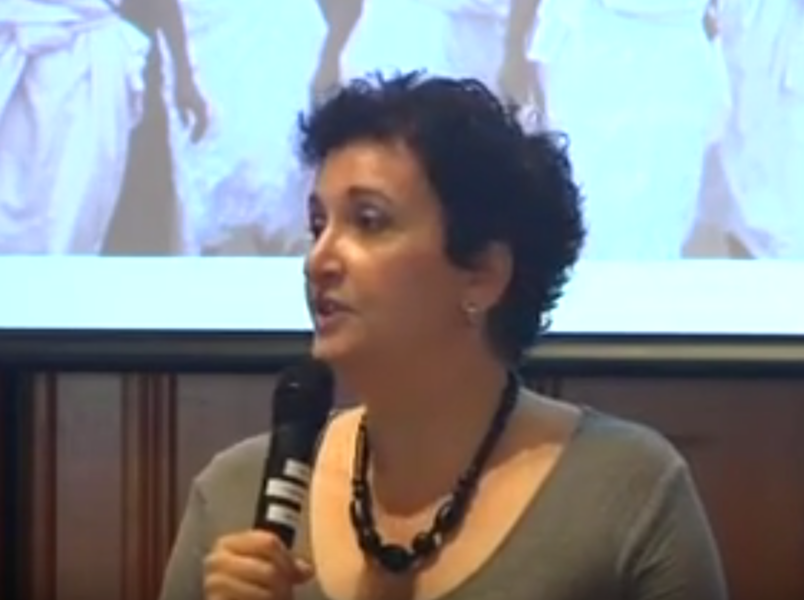It all happens in the first eight minutes – or less. That’s how long a professor has to capture students’ imagination, to stimulate their curiosity, to persuade them that they are in capable hands and that they can trust you to guide their exploration of an unknown terrain without crushing judgment or intimidation. If they find humor and humility in you as a fellow learner, if they recognize that the questions put before them are authentic for you too, then they are ready. They accept the invitation to wonder.
My greatest satisfaction is helping students to employ critical thinking. Even for graduate students, this is not always a conscious strategy. I enjoy helping them move from merely liking or not liking a text (or an approach), and to recognize and identify an author’s intention and stance in the wider conversation of scholarship. When students learn to access different approaches to leverage their own work, their relief is palpable. They let go of their defensive guard, the urgent or angry need to cling to the clichés of their favorite thinkers. They begin to find their own voices.
I believe that clear thinking and good writing are inextricably related. Sound sentence structure sharpens ideas and strengthens arguments. But I encourage creative expression as much as disciplined discursive thought. Allowing students to integrate their talents and life experience into their academic work makes both more meaningful and powerful.
